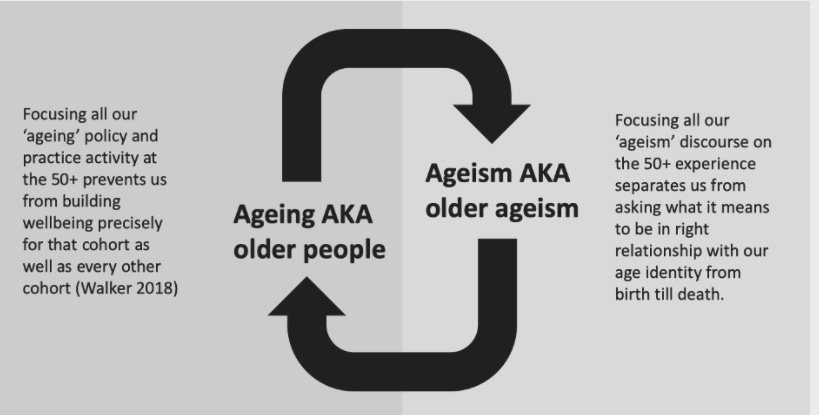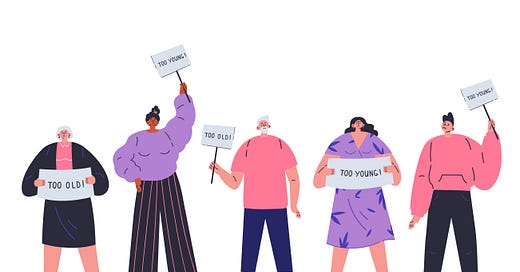🧓 From Forever Young to Proudly Aged: Reclaiming the Freedom to Feel Old
How cultural narratives and brand messaging fuel ageism—and why it's time to challenge the stigma, not the age.
Introduction: The Age of Denial
In a world obsessed with youth, “feeling old” has become a taboo—something to be resisted, reversed, or concealed. From anti-ageing creams to job ads coded with “dynamic” and “energetic,” we’re bombarded with subtle and not-so-subtle cues that growing old is a decline, not a gain. But beneath the wrinkle-free filters and “young at heart” slogans lies a deeper discomfort: our culture’s unease with ageing itself.
This edition explores the cultural shift from glorifying youth to a new paradigm where ageing is tolerated and embraced. We’ll examine how the semiotics of ageism shape public perception, self-worth, and brand language—and how reclaiming the right to feel old can liberate us from the illusion of eternal youth.

🪞 The Semiotics of Ageism: What We Say vs. What We Mean
Ageism often hides in plain sight—wrapped in well-meaning expressions or euphemistic branding:
“Young at heart” ≠ emotionally youthful. It implies that the heart of an older person must imitate youth to stay culturally relevant.
“Ageless beauty” sounds inclusive, but often reinforces that looking young is the goal.
“Silver economy” suggests a niche for older people, but not one with agency or trendsetting power.
🔍 Insight:
Language creates frameworks of thought. The semiotic codes we use for ageing subtly imply that older people must deny, hide, or outperform their age to be accepted.
Keep reading with a 7-day free trial
Subscribe to Code Uncovered to keep reading this post and get 7 days of free access to the full post archives.




